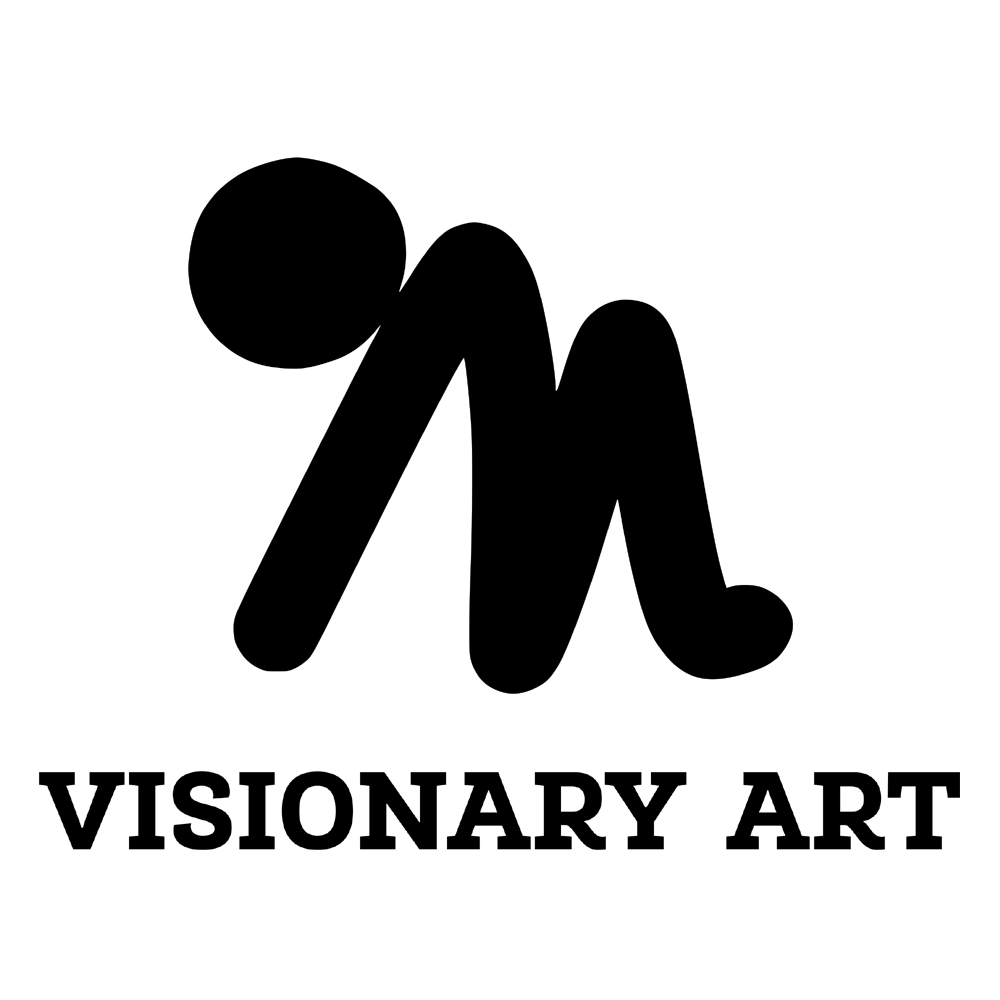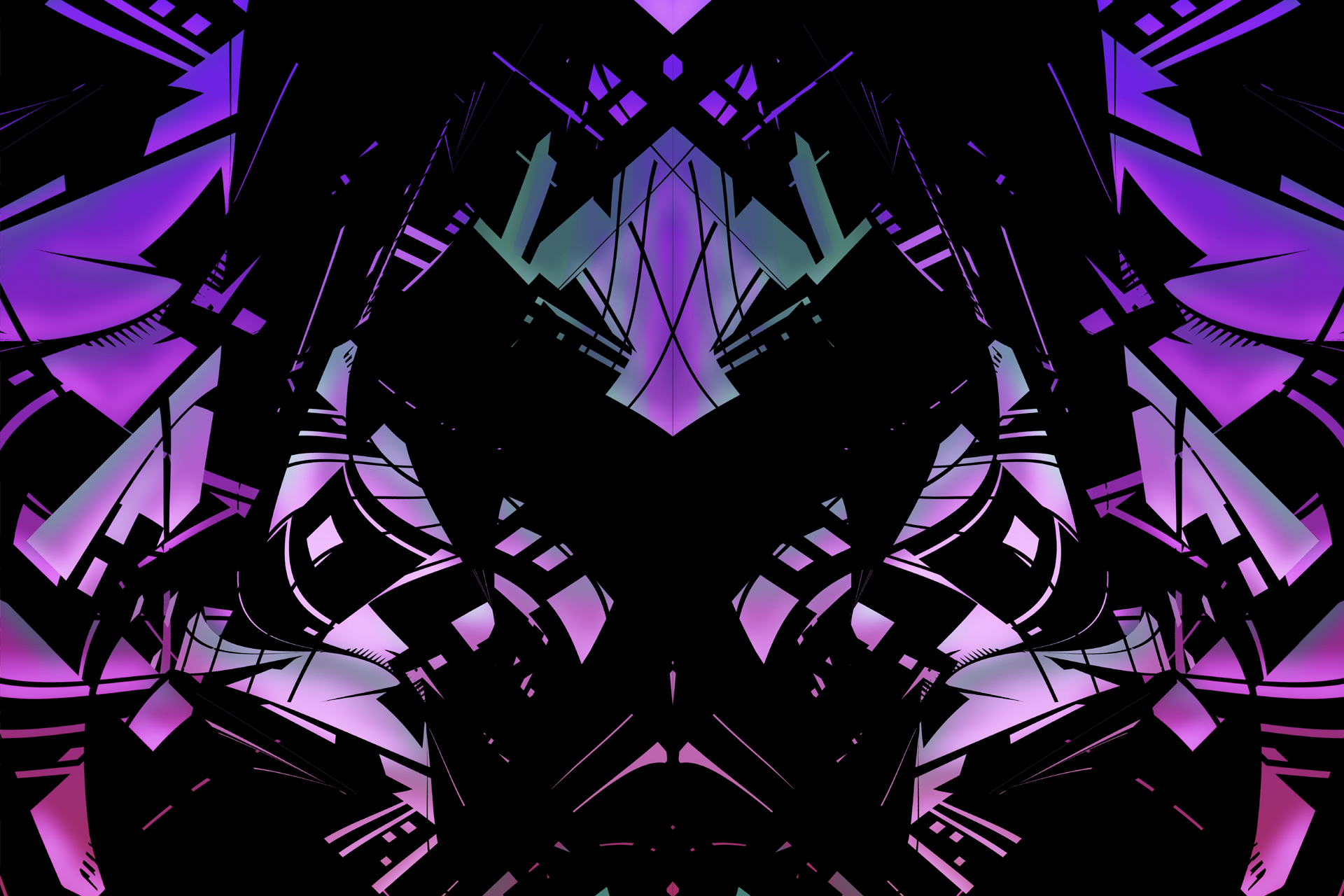As an abstract and visionary artist, I’m deeply fascinated by the creative potential of the dream world and how it can inspire my art. One aspect of dreaming that has particularly caught my attention is lucid dreaming – the ability to become aware that you are dreaming while still in the dream state.
For me, lucid dreaming has been a source of inspiration and creativity. It’s a place where the boundaries of reality become blurred and the imagination is free to roam. I’ve found that by inducing and controlling lucid dreams, I’m able to come up with ideas and solutions that I might not have otherwise considered.
The creative potential of dreams
I’m not the only artist who has explored the creative potential of lucid dreaming. Many famous artists and writers have reported using dreams as a source of inspiration.
- Vincent van Gogh: The famous Dutch painter is known for his vibrant and expressive style, and he often drew inspiration from his dreams for his artwork. In a letter to his brother, van Gogh wrote about a dream he had in which he saw “an endless stretch of wheatfields under troubled skies,” which he later depicted in his painting “The Wheatfield with Crows.”
- John Lennon: The musician and songwriter, best known as a member of the Beatles, credited a dream he had as the inspiration for the hit song “I Am the Walrus.” According to Lennon, the lyrics of the song were based on a dream he had in which he saw a “giant door” and heard a voice saying “I am the eggman.”
- Frida Kahlo: The Mexican painter and artist often drew inspiration from her dreams and used them as a source of creative expression in her artwork. Kahlo’s paintings often depicted surreal and dreamlike scenes, and she credited her dreams as a source of inspiration for these works.
- Salvador Dali: The famous Surrealist painter often incorporated elements from his dreams into his artwork, such as melting clocks and distorted objects. He believed that dreams were a gateway to the unconscious mind and used them as a source of inspiration for his art.
- William Blake: The English poet and artist claimed that many of his poems and paintings were inspired by his dreams and visions. He believed that these dreams and visions were revelations from the divine and that it was his duty as an artist to share them with the world.
- H.P. Lovecraft: The American horror writer used his dreams as inspiration for many of his stories, including “The Call of Cthulhu,” which was based on a dream he had. Lovecraft believed that dreams were a way to tap into the deepest and most primal parts of the human psyche, and he often used his dreams as a source of inspiration for his writing.
- Mary Shelley: The author of Frankenstein credited a dream she had as the inspiration for her famous novel. According to Shelley, she dreamed of a scientist who had created a monster, which became the basis for the story of Frankenstein.
Incorporating dreams into my art-making process
Incorporating dreams into my art-making process is something that I’ve found to be incredibly rewarding. There are a few techniques that I use to induce and control lucid dreams, such as dream journaling, reality checks, and visualization exercises.
- Dream journaling: This involves writing down your dreams immediately after waking up. By consistently recording your dreams, you may start to recognize patterns and symbols that appear frequently in your dreams. This can help you become more aware of when you are dreaming and eventually become a lucid dreamer.
- Reality checks: A reality check is a simple test that you can perform throughout the day to determine whether you are dreaming or awake. For example, you can try to push your finger through the palm of your hand or try to read a small text in a dream. If the action is possible in the dream world, it’s likely that you are dreaming. Performing reality checks can help train your brain to question the reality of your surroundings and become more aware during dreams.
- Visualization exercises: These are mental exercises that involve creating a vivid mental image in your mind. You can use visualization exercises to practice inducing and controlling lucid dreams by picturing yourself in a dream scenario and focusing on specific elements of the dream. This can help train your brain to become more aware and in control during the dream state.
I find that the more I practice inducing and controlling lucid dreams, the easier it becomes and the more vivid and rich the experiences become.
Conclusion
In conclusion, the use of dream imagery in art can be a powerful and profound way to tap into the unconscious mind and create something truly unique and unpredictable. By allowing the strange and surreal qualities of the dream state to guide the creative process, artists can access a wealth of inspiration and explore new frontiers of imagination. Through the practice of inducing and controlling lucid dreams, one can even take an active role in shaping and directing the content of their dreams, opening up even more possibilities for creative expression. In short, the dream world is a rich and untapped resource for artistic inspiration, and I encourage all artists to consider its potential in their own work.

